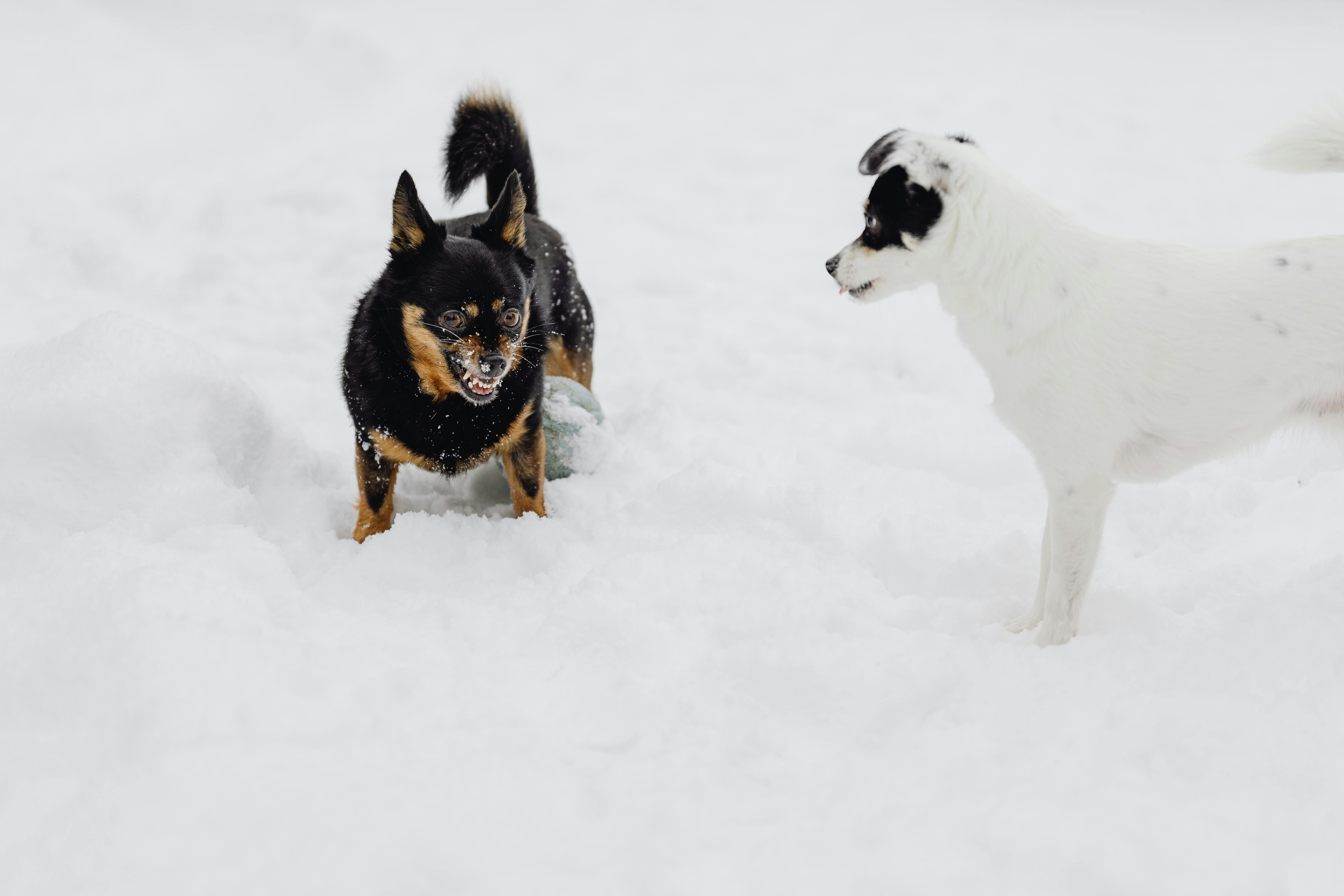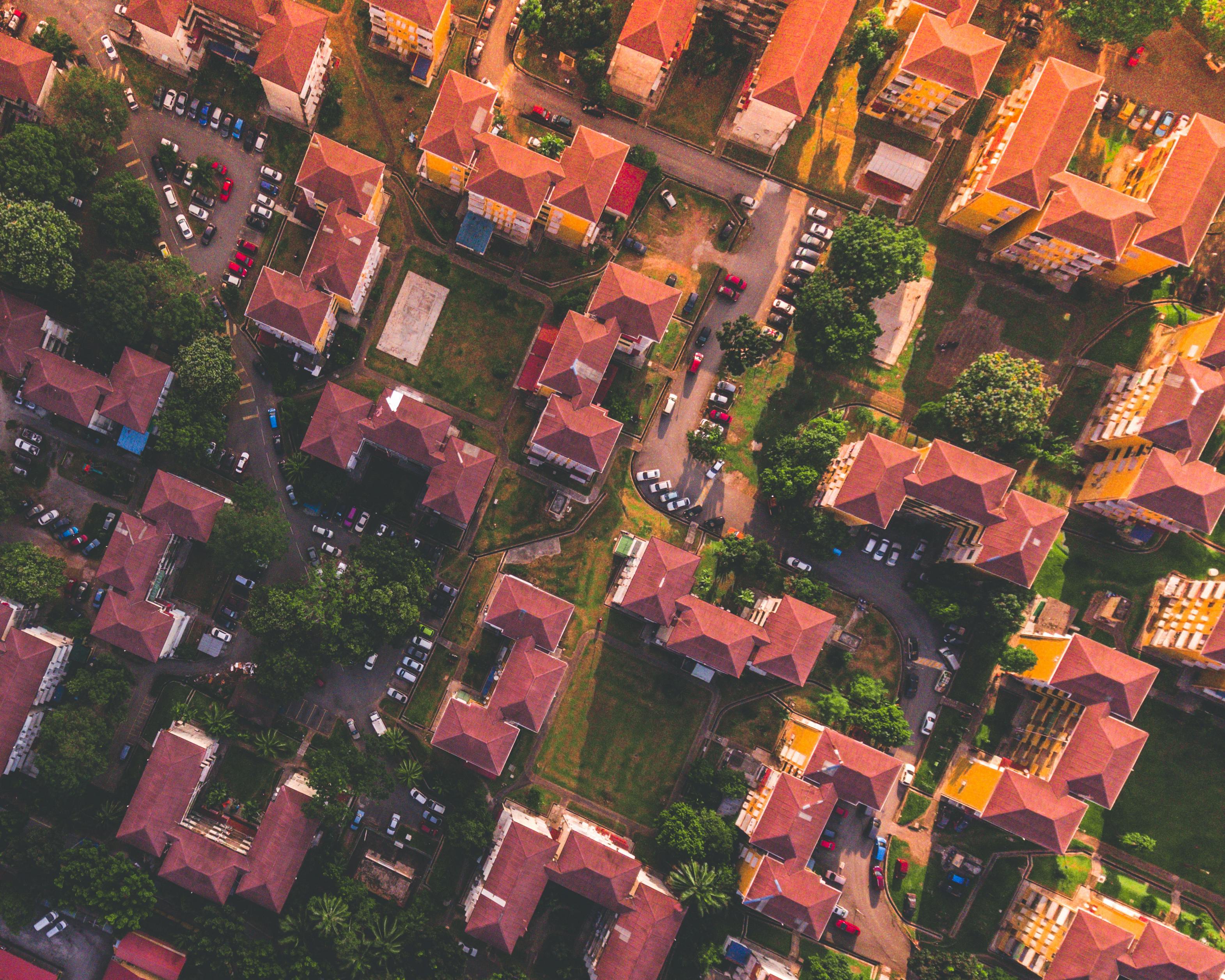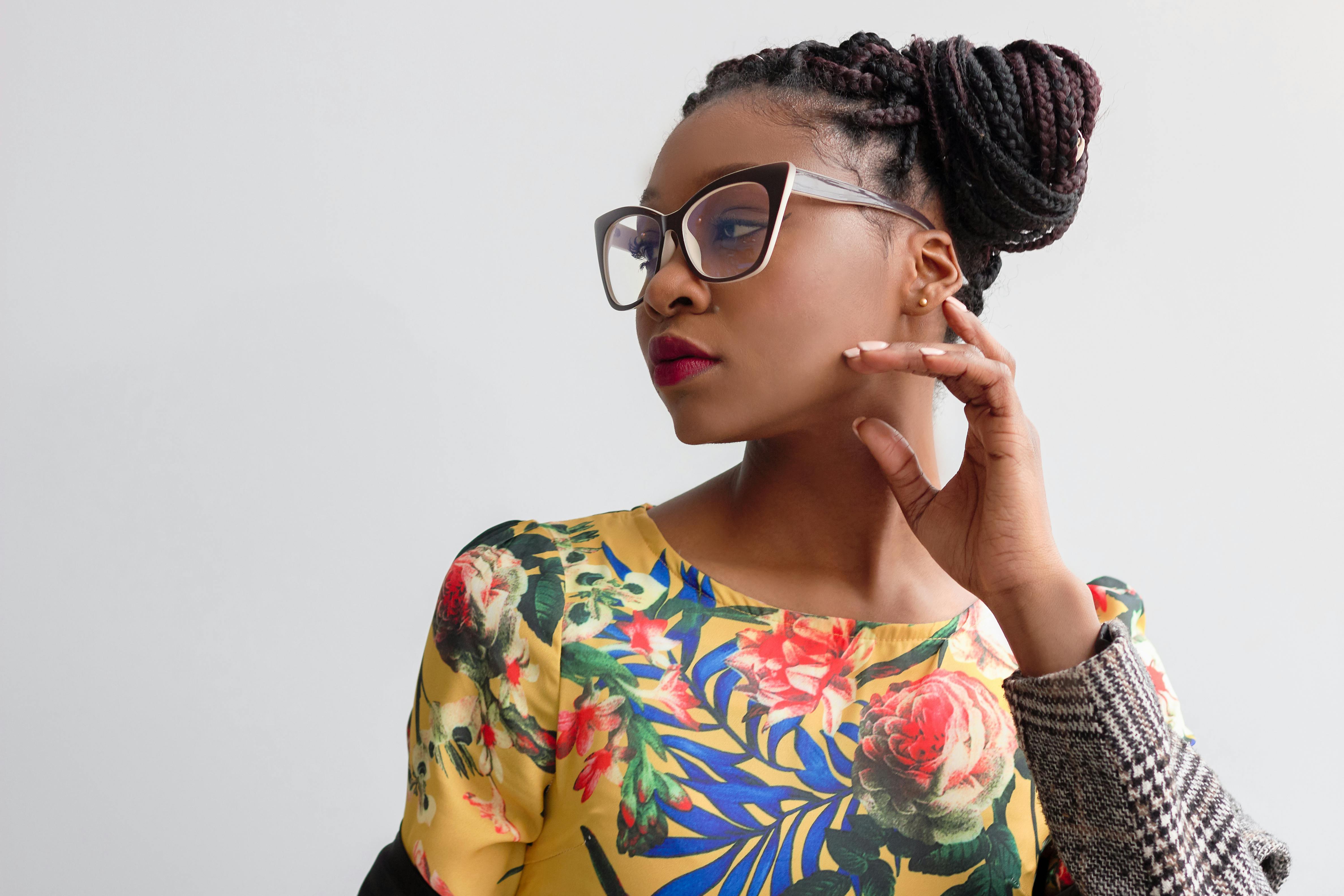
Non-sporting dog breeds: the top ten dogs in this group
admin
- 0
The non-sporting group includes dog breeds that don’t seem to fit well into any other group. The name doesn’t really fit the group and it would be better to call them “Special Dogs” as the group includes some of the most interesting and exotic breeds. The breeds in this diverse group have a wide variety of sizes, coats, personalities and appearances and range from miniature dog breeds like the diminutive Bichon Frize to the large Chow Chow and even include the elegant Dalmatian and the popular Poodle, Bulldog and Bostonterrier. . The 10 most popular non-sporting dog breeds in the US according to 2005 American Kennel Club registries are outlined below and their registry rank is included in parentheses.
1. poodle
The Poodles (#8) included in this group are the Standard and the Miniature. The following comments apply to the standard poodle, as the miniature is more difficult to train and does not get along as well with small children. The poodle is one of the most intelligent and trainable dog breeds. The Poodle is lively, affable, friendly, proud, athletic, affectionate, extremely loyal, and will become very attached to his family. Poodles that are socialized early do very well with children, other pets, and strangers, although adolescent dogs are exuberant and should be carefully supervised to prevent being knocked over by young children. Poodles will announce visitors with a bark and make good watchdogs. Poodles do not shed and are often called “hypoallergenic” because they are good for people with allergies.
2 bulldogs
The Bulldog (#13) is a friendly and lovable dog who loves his family. The downside of the breed is that the Bulldog’s life expectancy is only about 8 years due to health issues. Puppies are playful and lively, but grow into calm and dignified adult dogs. The breed is very good with children and is usually peaceful with other pets. Bulldogs don’t need a lot of exercise, but they do need a lot of attention. Puppies should have early socialization and obedience training and can be best trained with food motivation. Bulldogs can snore very loudly, and the breed can swallow a lot of air, which can lead to gas and unpleasant odors in an enclosed area. Bulldogs love to eat and do not share well, so they must be fed separately from other pets.
3.Boston Terrier
The Boston Terrier (#17) is a charming little dog who, despite his name, is not one of the terrier dog breeds. Bostons are loving, lively pets and good companions. This breed is highly intelligent and loves to learn new tricks. Early socialization and obedience training will ensure this dog develops good manners. These dogs seem to get along especially well with older people. This breed makes a good pet for older children who may appreciate its sense of humor and hilarious antics. The Bostons like to learn and are easy to train, although home training can be difficult. Boston Terriers make good watchdogs without excessive barking. Boston Terriers are very shedding dogs and some people say they are good for people with allergies.
4. Bichon Frize
The Bichon Frize (#26) is a small white dog that is lively, lively, playful and affectionate. This breed of dog barks very little and is a charming companion dog that is easy to live with. The Bichon adapts well to families and children, but does not like the rough treatment that small children show with pets. Bichons are easy to train for obedience and tricks, although they are like all toy breeds and are resistant to housebreaking. They are social dogs and get along well with strangers and other pets, but they will make good watchdogs. Bichons shed almost no hair and make good pets for those who suffer from allergies and some people call them ‘hypoallergenic’. The Bichon has few common health problems and should probably live at least 15 years.
5. French Bulldog
The French Bulldog (#38) is a small, muscular, and quite active member of the bulldog breed. Frenchies are one of the friendliest, funniest and most lovable dog breeds. The Frenchie is a perfect apartment dog that is clean, easy to groom, and sheds very little. This Bulldog is easy to train and does not require much exercise. Frenchies like to be the center of attention, but they make good family pets and will tolerate children. These Bulldogs will do better with an older partner without children or other pets to compete for your affection. French Bulldogs can even adjust to being left alone during the day if they get plenty of attention before and after work.
6. Lhasa Apsos
The Lhasa Apso (#39) is a small dog with a lot of personality that looks like a lapdog but behaves like the Tibetan Lion Dog. Lhasas are one of the toughest and strongest-willed small dog breeds. The Lhasa is an intelligent, very self-confident and lively dog who dislikes strangers. The Lhasa can be jealous of other animals. The Lhasa does not do well with young children because he does not like to be handled roughly. The Tibetan Lhasa should have a lot of early obedience and socialization training while he is a puppy and this should continue through adolescence. You must take control of this dog or Lhasa will rule your house like the emperor he thinks he is. Not to be too negative, Lhasas are really nice, playful dogs who love their families and will accept obedience training quite easily.
7. Chinese Shar Pei
The Chinese Shar-Pei (#45) is a serious, calm, dignified, calm, confident and independent medium-sized exotic-looking dog. Shar Peis are very clean and easy to train, but due to their strong character, they are difficult to obedience train. The Shar Pei needs a lot of early socialization and training since he is a puppy. Training should be firm and reward-based to control any aggressive tendencies and ensure house rules are followed. The Shar Pei is good with older children and will also get along well if raised with younger children from a puppy. However, this breed may not get along with other domestic cats and dogs. The Shar Pei does best in a fenced yard and when he is walked on a leash where he cannot chase other animals. Shar Peis tend to mind their own business unless provoked into aggressive behavior.
8. Chow Chow
The Chow Chow (#64) is an aloof and stubborn large dog that is difficult to socialize and train. The Chow, although loyal and devoted to his master, is not very affectionate and does not like to play. Chows are not very good dogs with children and can be very aggressive towards strange animals. This breed needs very early and a lot of socialization and obedience training while it is still a puppy and this should continue into adulthood. Chows that are not well socialized during their first year can become aggressive and antisocial. Chows are naturally clean and therefore fairly easy to housetrain. Once you earn a Chow’s respect by consistently enforcing rules and training, you will have a polite and well-mannered dog. Chows have a well-defined sense of territory and make good watchdogs and watchdogs.
9. Shiba Innu
The Shiba Innu (#66) is a fearless, bold, lively, intelligent, vigilant, loyal, charming but somewhat manipulative and stubborn small dog. The Shiba is very clean and fairly quiet indoors, but is definitely not a lapdog. The Shiba has retained a high prey drive and should be kept on a leash or in a yard with very high fences, as he can jump and climb over most fences. The Shiba does not like being chased or hugged by small children, but he gets along well with older children. Shibas are highly intelligent but somewhat mischievous and independent and can be difficult to train. The breed must be thoroughly socialized and obedience trained to limit its aggression towards other dogs. However, once the Shiba is trained and learns to trust his owner, he can become a loving and obedient companion. Shibas are aloof and wary of strangers and make excellent watchdogs.
10. Dalmatian
The Dalmatian (#77) is a fun-loving, very active medium to large dog. The breed is intelligent and needs plenty of company and exercise. Dalmatians love children, but young dogs are probably too exuberant for small children. Some lines of this breed are known to have aggressive or protective tendencies and therefore need a lot of socialization as puppies. Dalmatians can be trained to a high level and advanced obedience and/or agility training is recommended. Young Dalmatians can be noisy and difficult to control and need early socialization and obedience training. Dalmatians left alone too long can become destructive and will dig big holes in the backyard.

